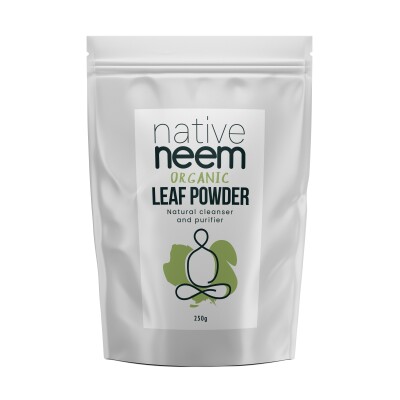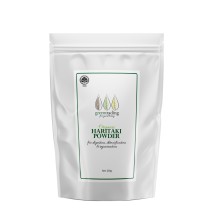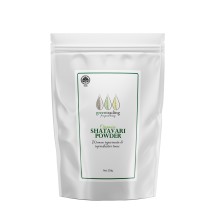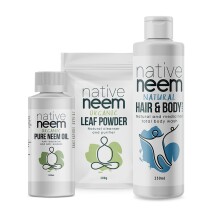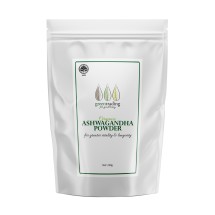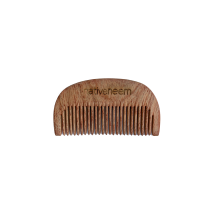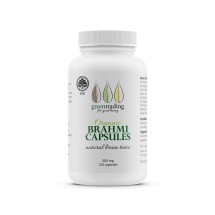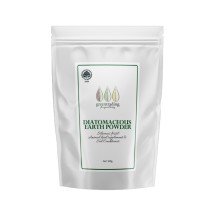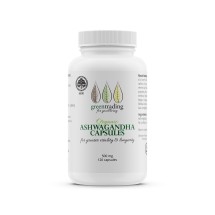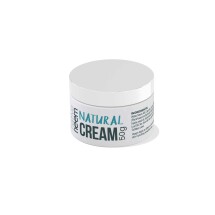Product Information
WHAT IS NEEM?
The medicinal properties of the Neem tree have been well known in India for over 4,000 years, and the healing properties of Neem are spoken about in some of the world’s oldest books. The Sanskrit word for Neem was “nimba,” which means “good health.” The Vedas called Neem “sarva roga nivarini”, which means “one that cures all ailments and ills”. (Panacea). It has also been referred to as the “Divine Tree”, Life Giving Tree”, “Nature’s Drugstore”, and “Village Pharmacy”.
NEEM USAGE:-
The medicinal properties of Neem have been part of Indian history since time immemorial. The earliest Sanskrit medical writings refer to the benefits of Neem’s fruits, seeds, oil, leaves, roots and bark; and all of these are used in the Indian Ayurvedic and Unani systems of medicine. In Ayurvedic literature Neem is described in the following manner: ‘Neem bark is cool, bitter, astringent, acrid and cooling. It is useful to alleviate tiredness, cough, fever, loss of appetite and worm infestation. It heals wounds and vitiated conditions of kapha, also vomiting, skin diseases, excessive thirst, and diabetes. Neem leaves are also reported to be beneficial for eye disorders and insect poisons. It treats vatic disorder and is anti-leprotic.
Its fruits are bitter, purgative, anti-hemorrhagic and anthelmintic. It is claimed that Neem provides an answer to many incurable diseases. Traditionally Neem products have been used against a wide variety of diseases which include heat-rash, boils, wounds, jaundice, leprosy, skin disorders, stomach ulcers, chicken pox, etc. Modern research also confirms Neem’s curative powers in cases of many diseases and provides indications that Neem may be used much more widely in the future.
NATIVE NEEM ORGANIC NEEM LEAF POWDER USAGE:-
- Neem Leaf Powder in the form of a paste can be directly applied to the skin to alleviate acne, psoriasis, scabies, impetigo, eczema, warts and chicken pox. In the treatment of minor wounds this can reduce the chances of infection.
- Helpful in the treatment of dandruff and hair loss.
- Bathing in Neem Leaf Powder water alleviates many skin related problems.
- Neem produces pain relieving, anti-inflammatory and fever reducing compounds that can aid in the healing of cuts, burns, sprains, earaches and headaches, as well as fever.
- Neem Leaf Powder also helps in treating diabetes, AIDS, cancer, heart disease, herpes, allergies, ulcers, hepatitis, arthritis and several other diseases.
- Inflammation can be reduced with Neem Leaf Powder paste.
- Neem Leaf Powder is great detoxifier and blood purifier.
- Drink as a tea to cure excessive thirst.
- To cure any kind of skin infection mix turmeric with Neem Leaf Powder paste and apply it to your body for at least three months.
- Get a glowing skin by consuming 1tsp twice a day. It also increases the body’s natural immunity.
- When consumed, it attacks intestinal worms and acts as a deworming agent.
- It cures urinary tract infections.
- Maintains proper liver function.
- An anti-inflammatory and pain relieving agent.
- Contains anti malarial properties. The tea is traditionally taken internally to reduce fever caused by malaria. The tea is extremely bitter.
- Used as a foot soak to treat various foot fungi.
- It has also been reported to work against termites.
- In Ayurvedic medicine Neem leaves are used to cure neuromuscular pains.
- Neem leaves are also used to deter moths and bugs from ruining grains and to repel moths in linen cupboards and wardrobes.
- For toothache apply Neem Leaf Powder and use as tea in a mouthwash at bed time.
Product of India
DOSE:-
One teaspoon of Neem Leaf Powder daily will keep you healthy and boost your immune system. May be taken as a tea or simply added to a mouthful of water, then chewed and swallowed.
Neem Leaf Powder is bitter in taste!
HEALING BENEFITS OF NEEM
When researchers first began looking at Neem about 50 years ago, they carefully detailed the biological activities of its various parts. That literature, unfortunately, is not available except in specialised medical libraries. Current reports generally note that Neem is recognised as one of a long list of “antis” including…
Anti-inflammatory, anti-arthritic, anti-pyretic (fever), Anti-gastric (ulcer), anti-fungal, anti-bacterial, anti-viral, anti-tumour, anti-histamine, anti-complement (similar to antioxidant), anti-carcinogenic and anti-anxiety.
ANTIOXIDANTS IN NEEM
One of the hottest topics in the natural foods industry today is antioxidants, probably because they play a critical role in preventing the damage that plays a significant role in initiating chronic degenerative diseases such as Atherosclerosis, Diabetes, Heart disease, Alzheimer’s and Parkinson’s as well as speeding up the plain old (pun intended!) process of aging.
Oxidative stress is a natural process that occurs as cells produce energy. Free radicals, a by-product of this process, damage cells (including DNA) and tissue. The problem occurs when the body’s resources for fighting these free radicals or repairing the damage they cause aren’t adequate. Antioxidants are in many foods, and many of the health benefits of foods like blueberries, broccoli, and cranberries are directly related to their antioxidant levels.
The ORAC test (oxygen radical absorbance capacity), shows that all forms of Neem are extraordinarily high in antioxidants, and far higher than foods on the high-antioxidant lists. Along with its immune-boosting properties and high antioxidant levels, this may help to explain why Neem is known around the world as “The Village Pharmacy.”
|
NUTRIENT ORAC per gram |
|
Blueberries 62.20 |
|
Broccoli 15.90 |
|
Cranberry 94.56 |
|
Grapefruit 15.48 |
|
Neem Bark 476.00 |
|
Neem Leaf 357.00 |
|
Neem Oil 430.06 |
|
Neem/Supercritical Extract |
|
(8% in sesame oil) 114.00 |
|
Plums 62.39 |
|
Spinach 26.40 |
|
Tomatoes 4.6 |


